Why Ecosystems and Their Management Are the Essence of Land Stewardship
The more we use systems thinking in land stewardship, the more we reduce unintended consequences of management decisions on soil health and ecosystem services.
Understanding ecosystems can lead to a greater appreciation and application of systems thinking — a holistic approach that focuses on the way that a system’s components are related or interconnected, and how the parts function as a whole. The more we use systems thinking in land stewardship and research, the more we can reduce the unintended consequences of management decisions on soil health and ecosystem services — the benefits we as humans gain from healthy ecosystems.
Understanding Ecosystems: Organisms and Their Environment
The degradation of soil health and ecosystem services resulting from poor management practices, often in the pursuit of ever-greater production, is pervasive. That statement is the essence of why Noble Research Institute (originally called The Samuel Roberts Noble Foundation) was founded in 1945, and why we still identify ecosystem health as one of the three great challenges for which Noble seeks solutions. (The other two great challenges are economic uncertainty and education/training.)
The more we use systems thinking in land stewardship and research, the more we can reduce the unintended consequences.
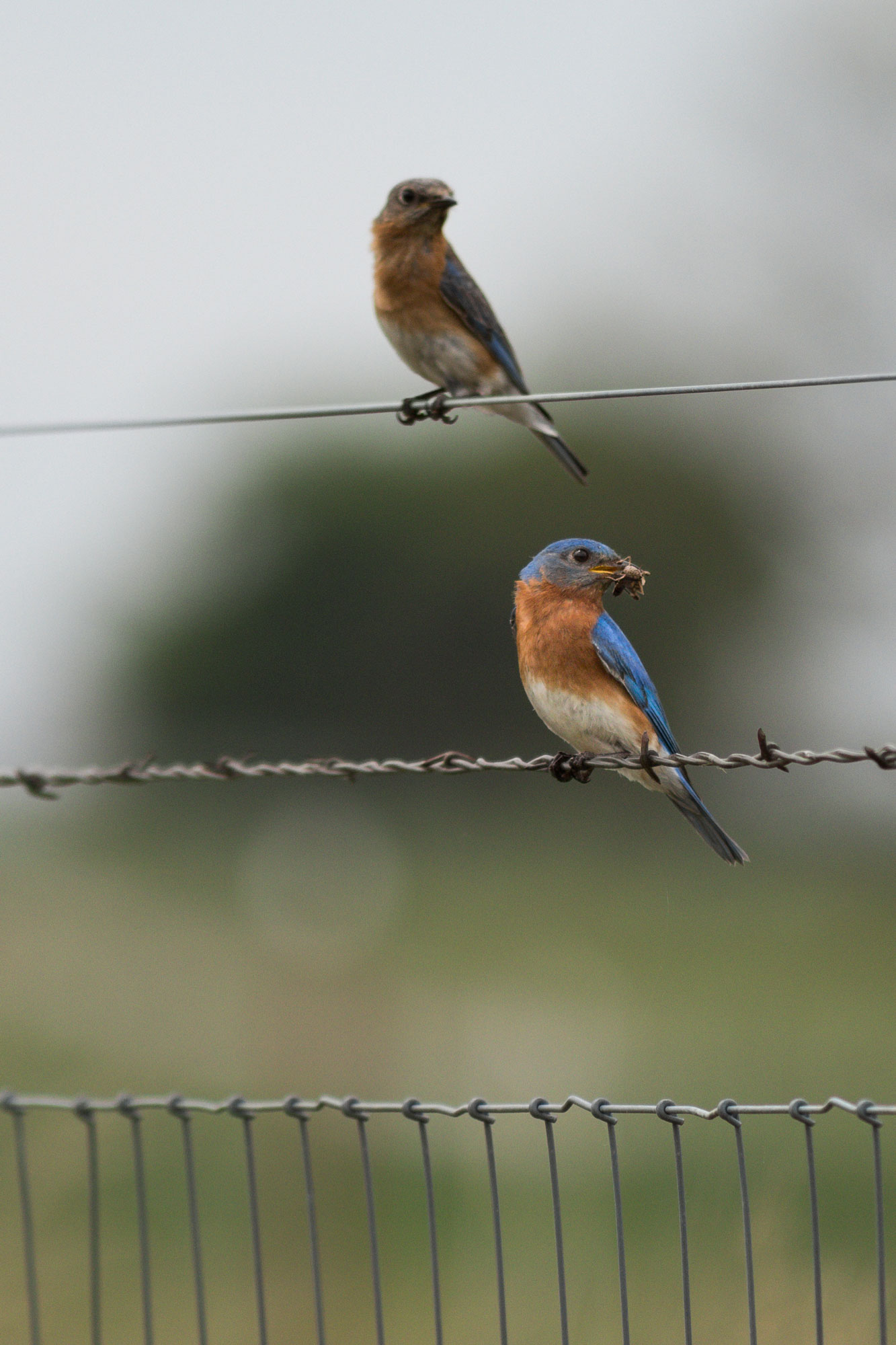
To understand why ecosystem health is so important to land stewardship, we must take a deeper look into the topic of ecosystems as it relates to ecosystem services and the provisioning of resources, such as food, fiber and fuel. Understanding ecosystems can lead to a greater appreciation and application of systems thinking, which can help reduce the chances of unintended consequences of management decisions.
For centuries, people have been domesticating plants and animals to have greater control related to selection, which ultimately would result in a more stable food supply. Further improvement to cultivation practices developed over the past century, which has resulted in more land conversion to agriculture. The advent of technology such as plows further increased efficiency at planting and harvest time. But when hundreds of millions of acres of native grassland are plowed without keeping the ground covered, especially in the absence of rain, you have a recipe for an ecological disaster. This is exactly what happened during the Dust Bowl. Ecosystems were forever changed.
Ecosystems
Ecosystems are communities of living organisms along with their physical environment, interacting as a system. Ecosystems are controlled by physical factors such as climate and topography, and internal factors such as disturbance, succession and species. Nutrient cycles and energy flow are what link the physical components of the system with the living part.
Now that we know the definition of an ecosystem, we turn our attention to ecology: the study of relationships between living organisms and their environment. Here are two examples — one of a natural system and the other of an agroecosystem.
Early hunters and gatherers were essentially ecologists in a natural system. Hunters had to know their prey and the prey’s use of the environment (habitats), and gatherers had to know their environment to know where to look for food.
In our present-day agroecosystems, farmers and ranchers still need to understand the relationships between the environment and their crops and/or livestock (the living organisms).
Disturbance
Although ecosystems are always in a state of change, they are not chaotic assemblages of species. Ecosystems do have structure. This means that communities of plant and animal species usually are found in association with each other. Disturbance is a form of change and is part of all ecosystems. Historically, disturbance maintained many types of ecosystems. For example, fire and grazing by bison maintained prairie grasslands.
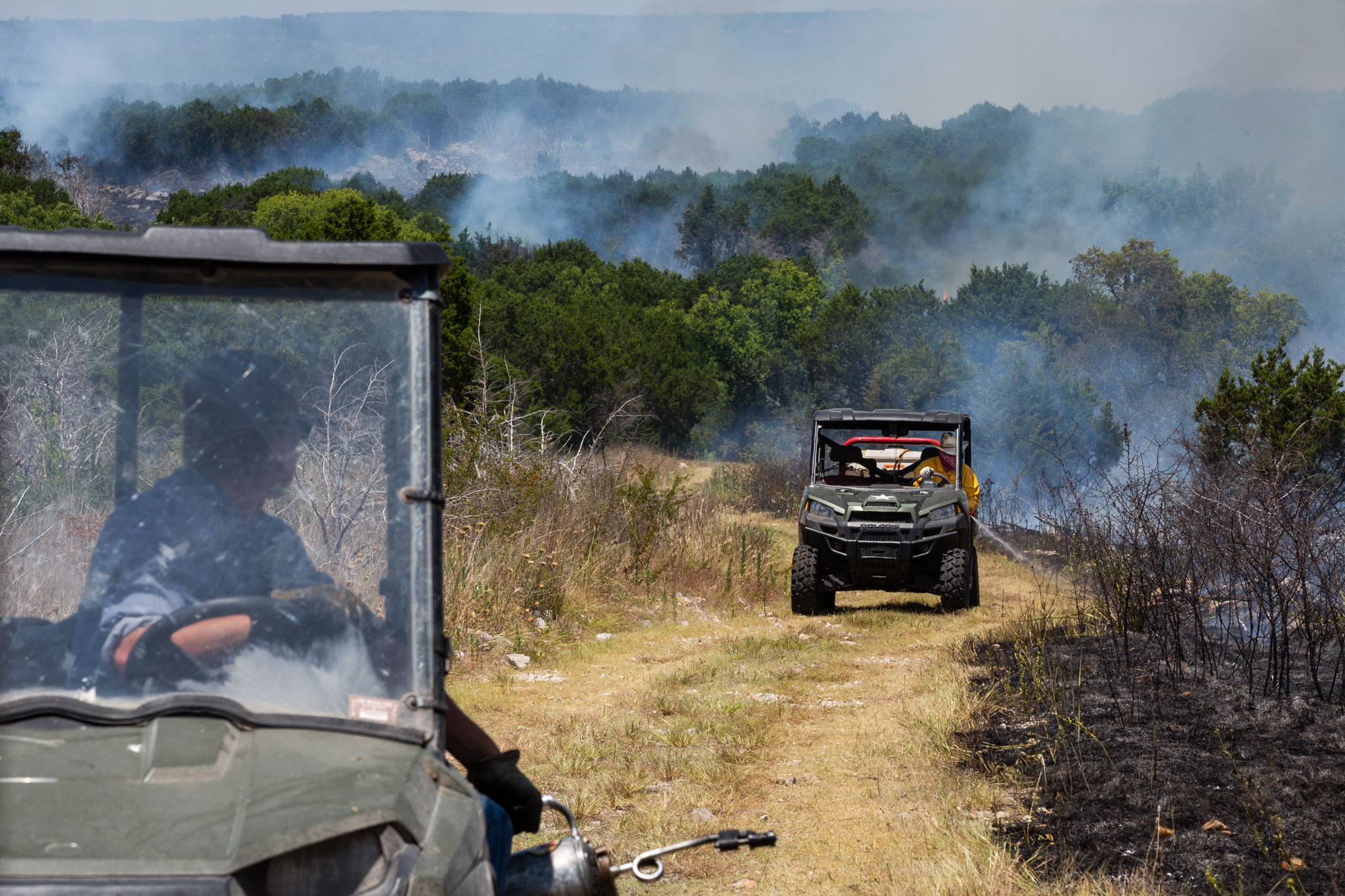
Disturbance also influences succession, the change of plant communities and their associated animal species. Disturbance and succession both influence biodiversity. Biodiversity in turn also affects ecosystem functioning because ecosystem processes are dependent on the number and role of species present. Recently, biodiversity, or indicator or umbrella species (usually birds, frogs, bats, pollinators, etc.), have become the basis for monitoring successional stage or ecosystem health and functioning. For instance, to trained ecologists such as those on Noble’s producer relations team, identifying indicator species or monitoring biodiversity will help assess the health and functioning of an ecosystem and which direction a management program is heading.
Ecosystem management
Assessing the status and health of an entire landscape is the essence of ecosystem management. Ecosystem management is natural resource management targeted at whole ecosystems versus management targeted at a single species or components. Therefore, ecosystem management implies stewardship and systems. To understand this concept, let’s first look at the father of wildlife management, Aldo Leopold. In his 1949 work, A Sand County Almanac, Leopold writes, “I now suspect that just as a deer herd lives in mortal fear of its wolves, so does a mountain live in mortal fear of its deer.” In short, this means that a single focus on predator control (i.e., control of wolves) to increase deer populations did not consider the interactions between the animals and their environment. That led to unintended consequences that allowed the deer population to grow too much. Too many deer caused severe damage to the range, which in turn influenced other parts of the system.
The same thing happened in the Greater Yellowstone Ecosystem. What happened when wolves were extirpated (made extinct) in the Greater Yellowstone Ecosystem? Herbivore (elk) numbers increased dramatically and recruitment of aspen trees was nearly non-existent because of the heavy grazing pressure on young aspens. In 1995, after an absence of 70 years, wolves were reintroduced to the Greater Yellowstone Ecosystem. With reintroduction of top-tier predators (wolves, grizzly bears), the system became more balanced; herbivore numbers are kept in check and there is recruitment of vegetation (particularly aspen).
Saying it better than we can, Mark Everard wrote, “The diverse roles that ecosystems play in supporting human well-being are too frequently overlooked, often leading to their incremental degradation.” Restoration of ecological processes tends to generate a wealth of ecosystem service. In summary, ecosystems and their management are the essence of land stewardship, which considers the whole and interacting parts of the system.
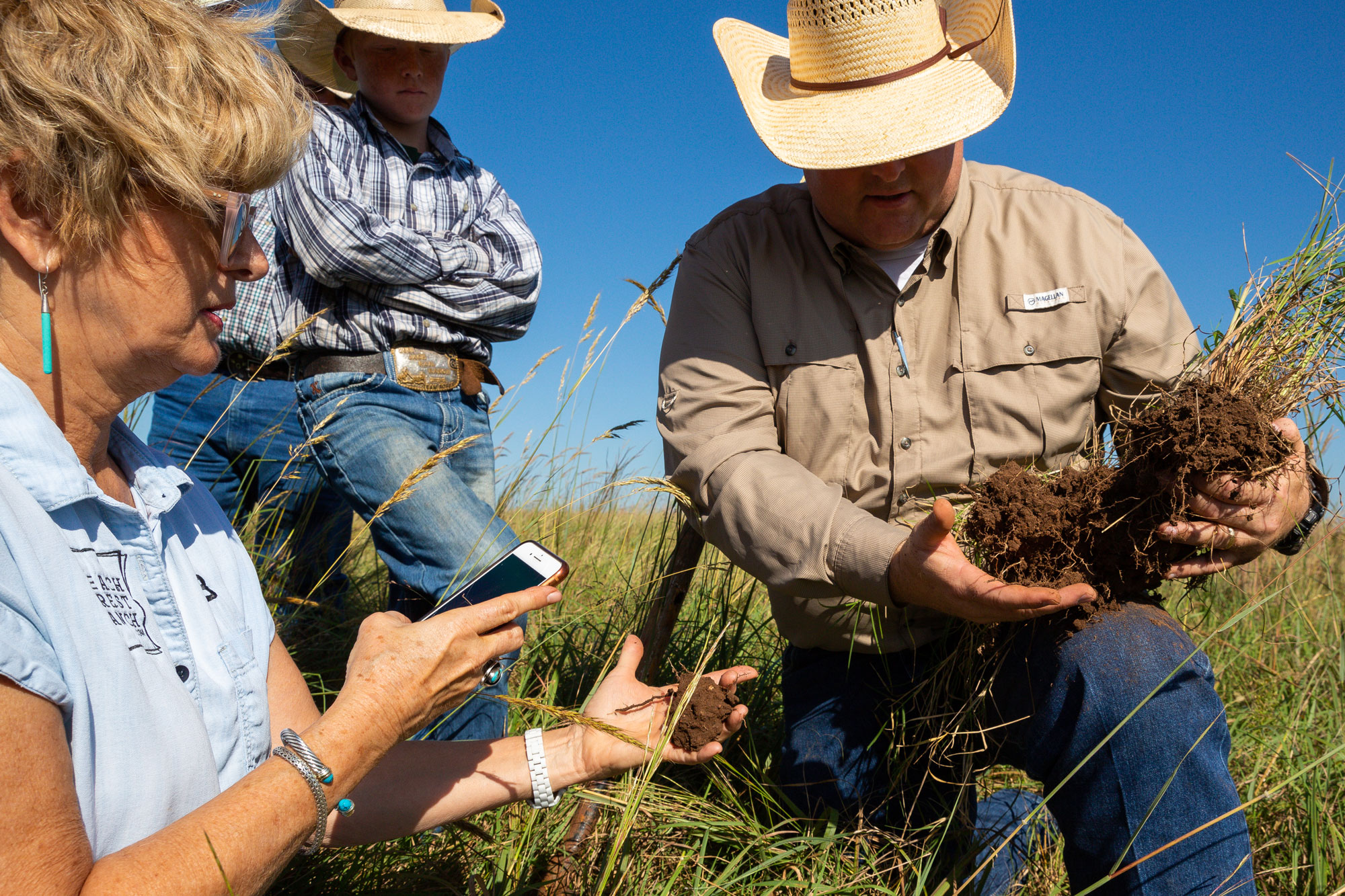
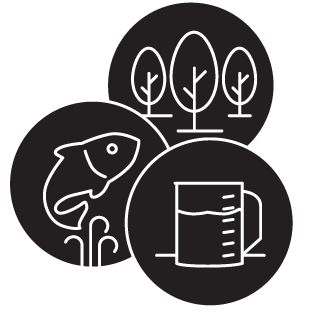
Benefits of Healthy Ecosystems Can Improve:
- Sustainable fisheries, wildlife, timber and forest products
- Recreation/tourism (or aesthetics) of natural resources
- Biodiversity and habitat for wildlife
- Water quality/quantity
- Air quality
- Food, fiber and fuel
- Temperature control

List of Ecosystem Services
- Carbon sequestration
- Climate regulation
- Erosion control
- Pollination
- Nutrient cycling
- Natural regulation or control of pests/pathogens
- Water regulation and purification
- Waste decomposition
- Primary production
- Soil formation
Systems Thinking: A Holistic Approach
We are now familiar with ecosystems and how living organisms interact with their environment as an interrelated system, so we turn our attention to the role of systems thinking for management and research. A system, in simplest terms, is the interaction among components. Expanding on this, a system is an assemblage of interacting components forming a whole. Systems thinking is a holistic approach that focuses on the way that a system’s components are related or interconnected, and how the parts function as a whole.
In research, systems approaches require that researchers from a variety of fields collaborate in designing and carrying out the research, typically requiring long-term commitments. Even at a basic level of science, or when the research is narrower in scope, scientists can benefit from bringing a systems perspective to their work. Systems thinking enhances the researcher’s ability to understand how each part functions, and how the components function as a whole.
The goal of systems research is to develop knowledge about how a complex system functions as a whole. Despite criticisms that component research isn’t necessary, we would argue that it is needed (when it is part of a larger system that is under study) to understand each component fully, and the interactions among components, until a more complete understanding of a functioning system is developed. To summarize, systems research is: 1) holistic in nature and 2) comprehensive in scope.
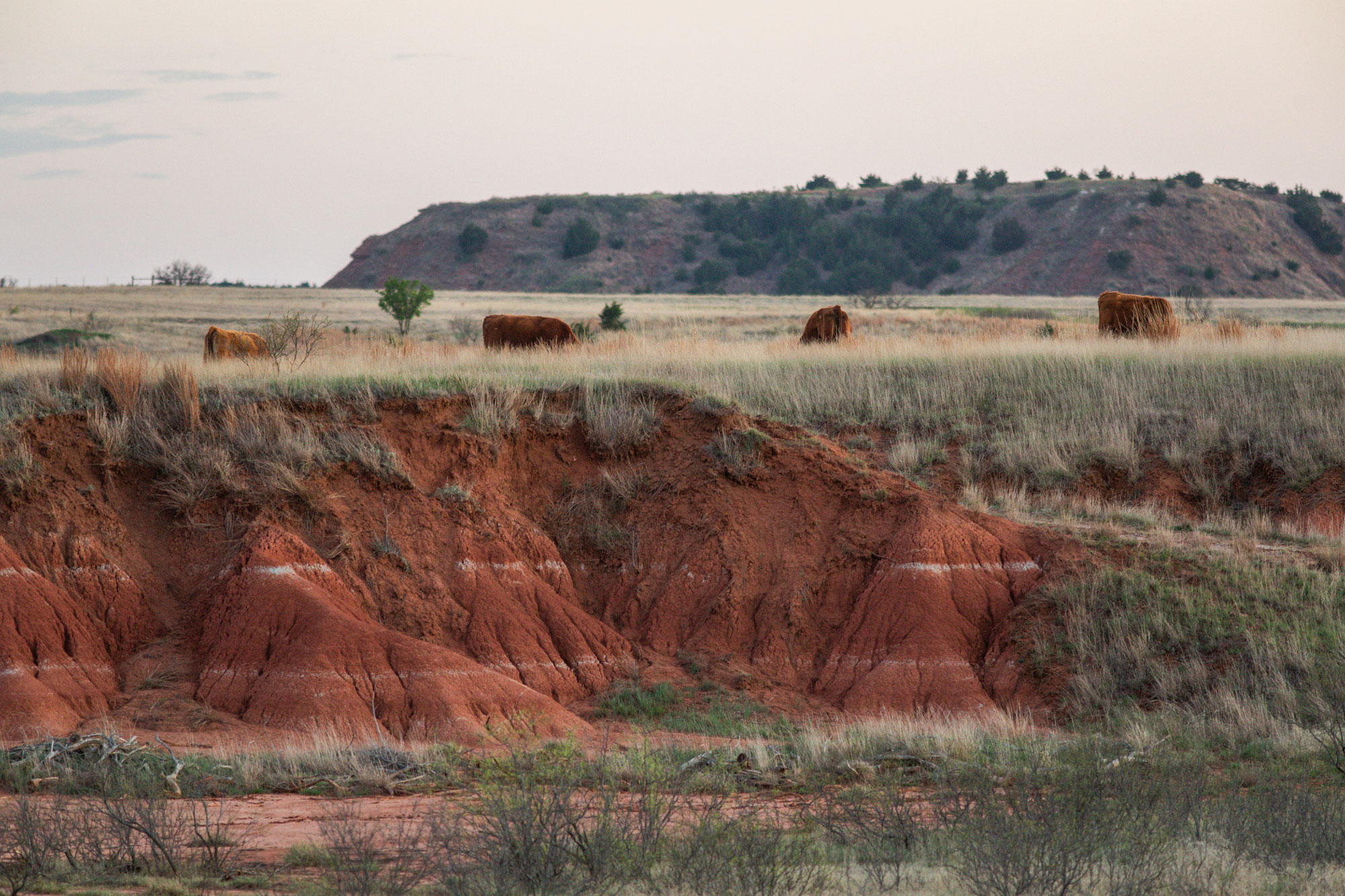
Many readers may be familiar with “holistic management,” which is similar to the definition of a system in the context of systems management. Allan Savory, who initially developed holistic management to restore grassland soils and halt the damaging effects of climate change and desertification, stresses the importance of remembering that a system cannot be managed without looking inward at the lesser wholes that combine to form it, or without looking outward to the greater wholes of which it is a part.
When agricultural production or resource management is holistic in nature, it offers greater management flexibility, provides for more environmentally and economically sound practices, and creates safer and healthier conditions. Without systems thinking, there will be unplanned and unexpected consequences, such as the examples above about the extirpation (local extinction in a given area) of predators portray, which had many unintended consequences to the system of which they were part. Systems research or management strives to avoid the “what I don’t know won’t hurt me” mentality, which tends to be a narrower way of thinking that so often results in those unintended, but damaging, consequences.



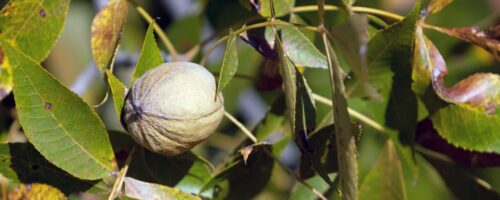
Comment